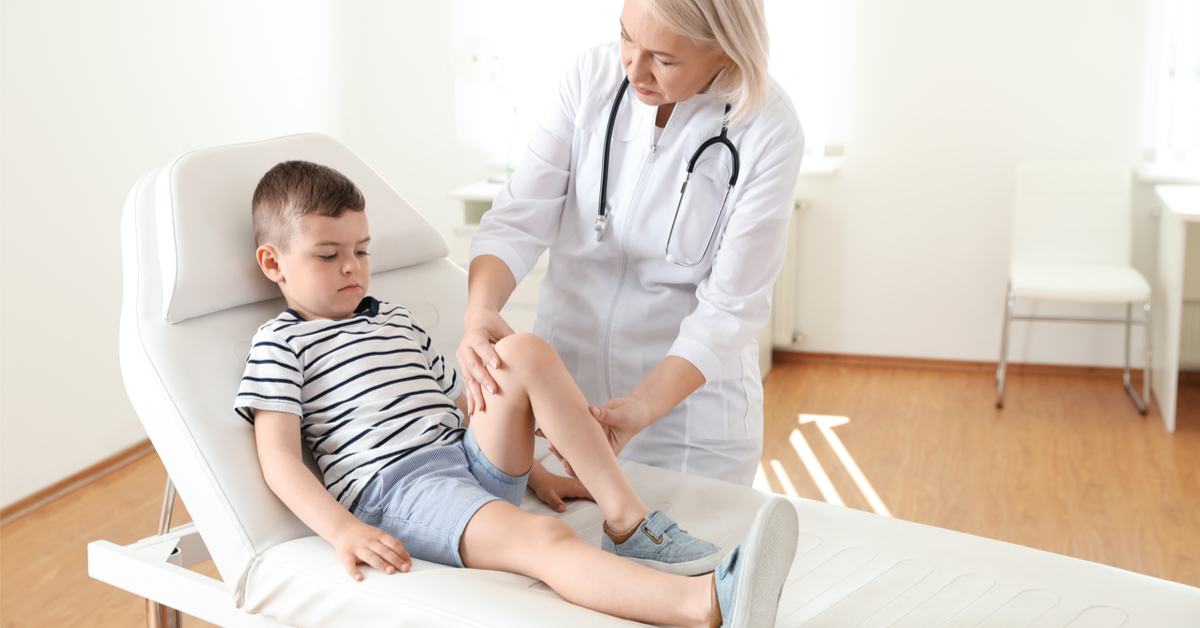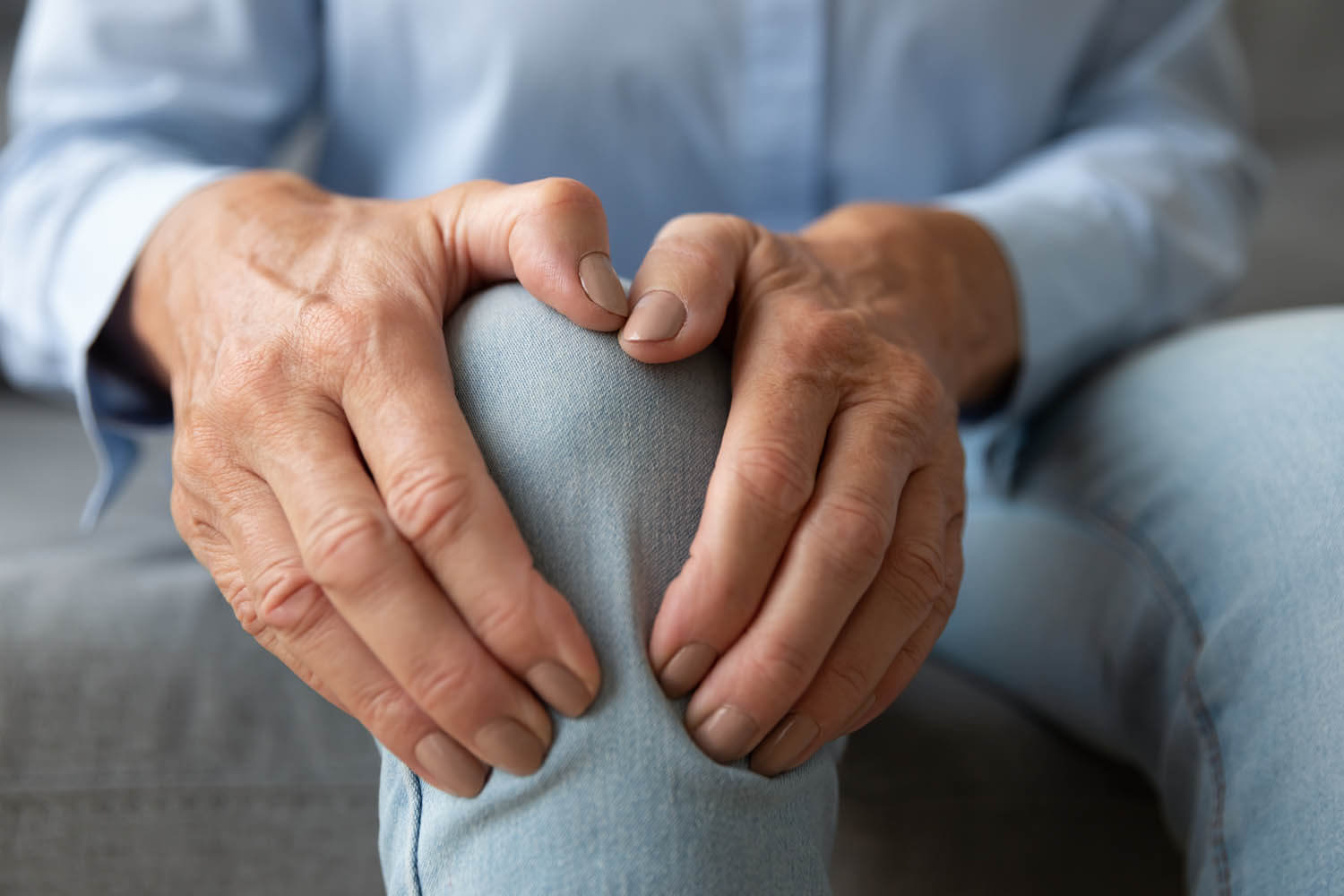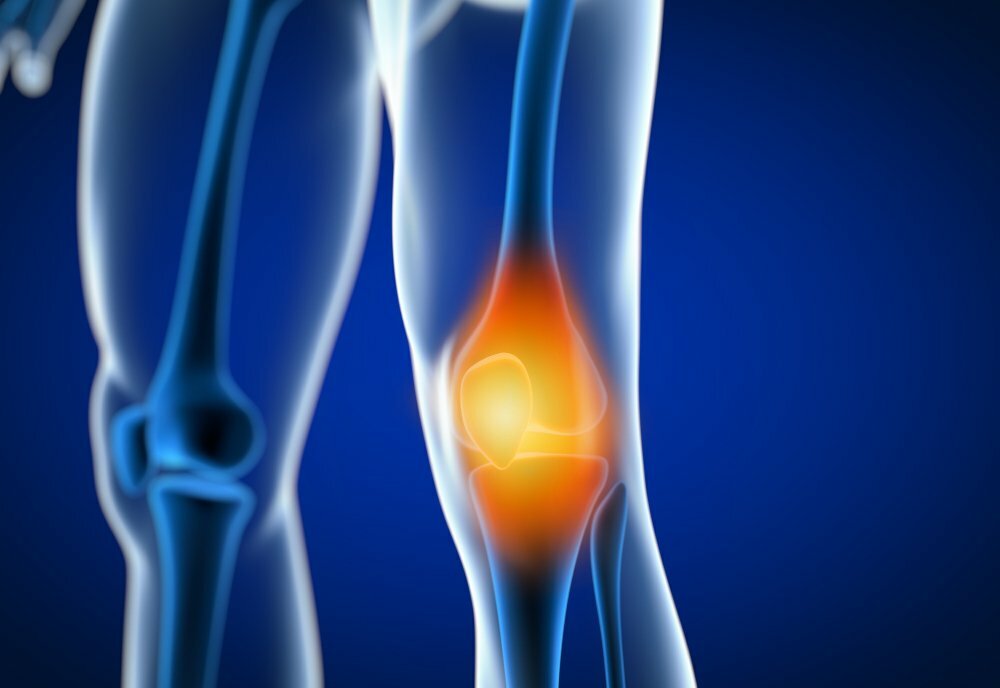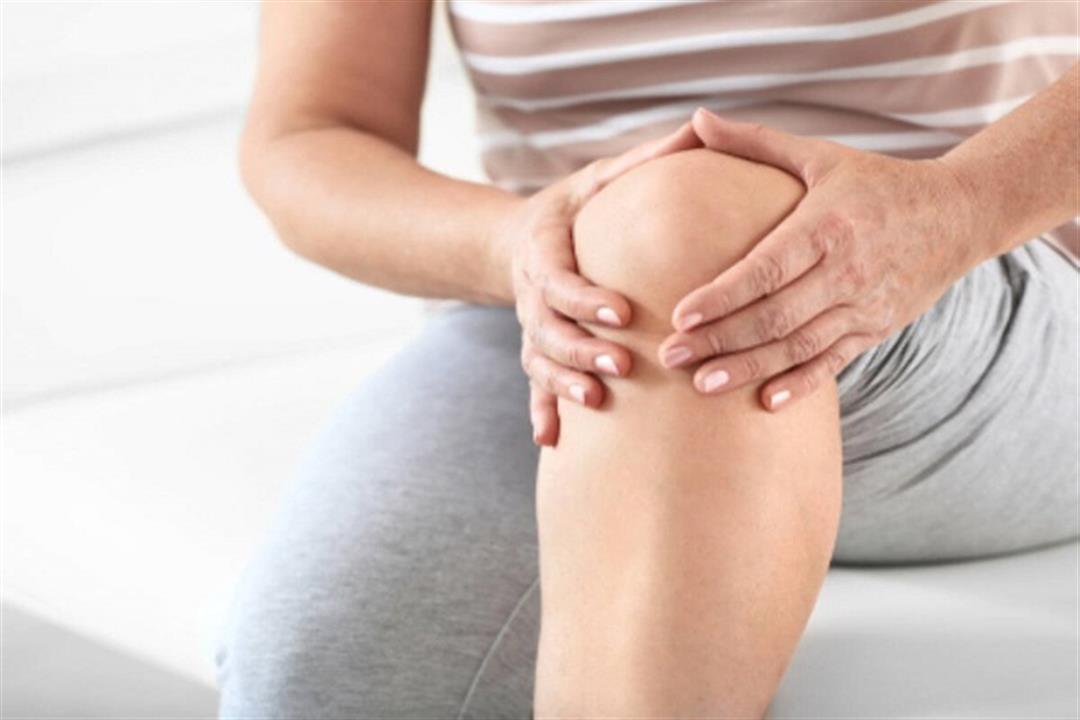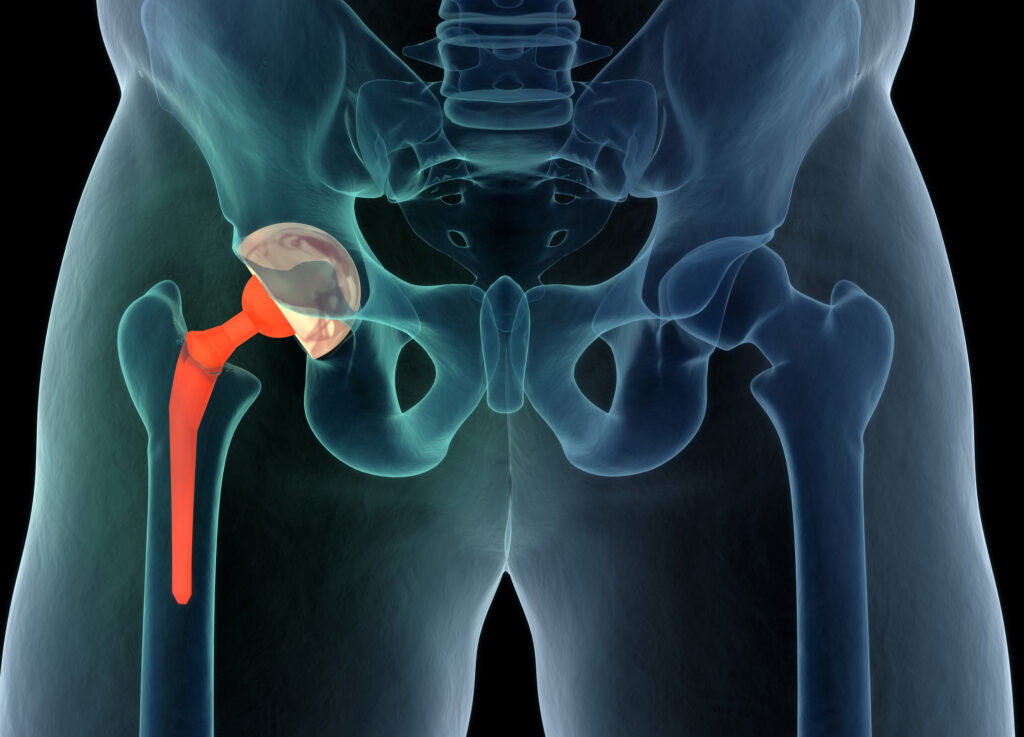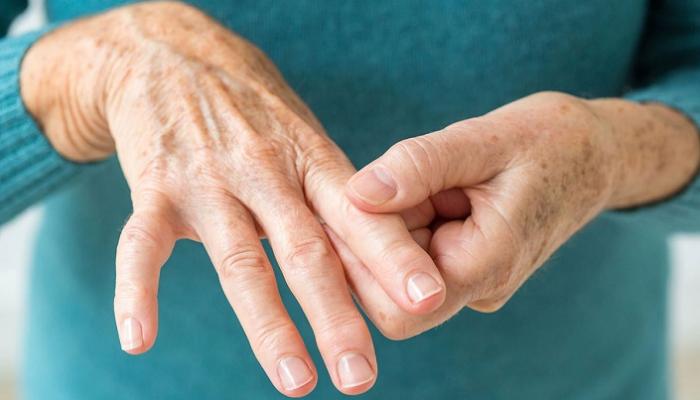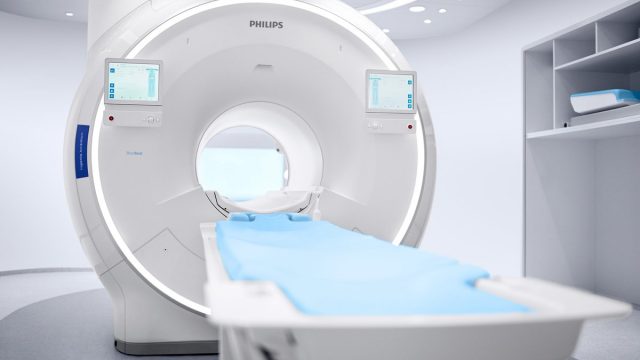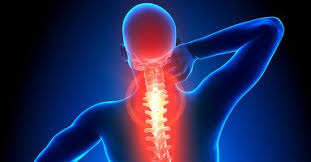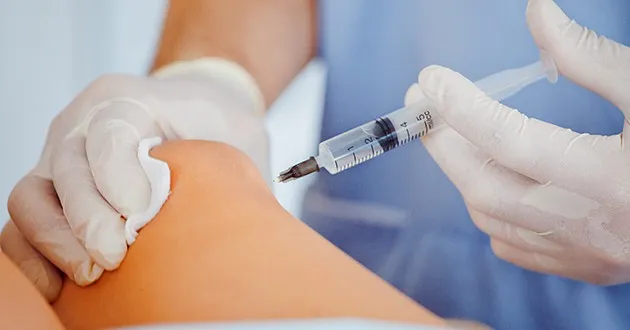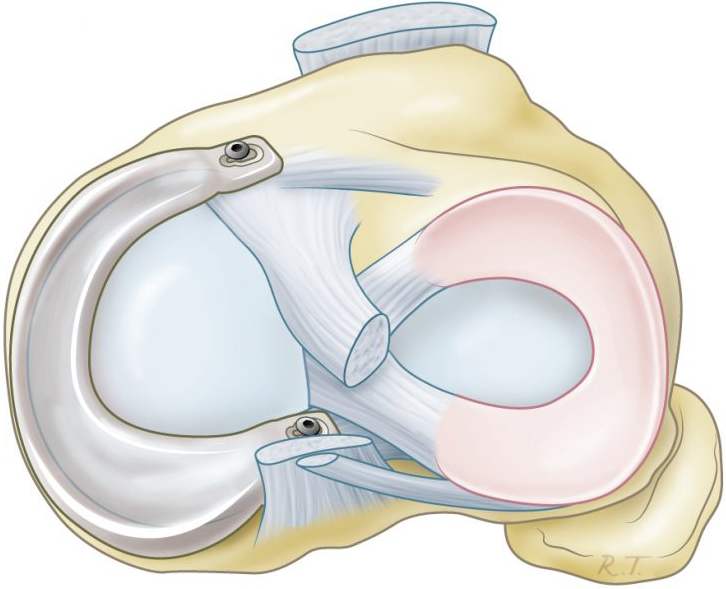What Causes Pain in the Left Heel When Waking Up and How Can It Be Treated and Managed?
Left Heel Pain Upon Waking Up Many people suffer from this type of pain. In this article, we will discuss the topic of left heel pain upon waking up, including the potential causes, how to deal with it, and ways to alleviate the pain. We will also explore some useful guidelines for preventing this type of pain and improving your comfort. Continue reading to learn more about this tricky issue and the potential ways to find relief.
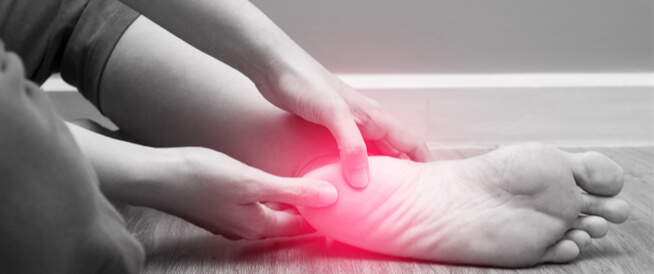
## Left Heel Pain Upon Waking Up
Heel pain upon waking up is a common issue that troubles many and people suffer from this pain when they wake up from sleep and start standing or walking, negatively affecting their daily quality of life. This pain is attributed to plantar fasciitis, also known as the linear fiber inflammation at the base of the heel.
The pain is accompanied by muscle tension and swelling, and in some cases, there may be stiffness in the heel and the surrounding area of foot movement may be fragile and unable to withstand pressure properly. The causes of this pain are varied, including prolonged or sudden walking, bone fractures, or osteoporosis.
Rest and applying ice to the affected area, as well as performing stretching and strengthening exercises for the foot muscles, in addition to using appropriate supportive shoes, are recommended. People suffering from left heel pain upon waking up may need to see a doctor to diagnose and properly treat the condition.
Get rid of left heel pain upon waking up with specialized treatment from Dr. Amr Amal.
## What Causes Left Leg Pain Upon Waking Up from Sleep?
When a person wakes up and feels pain in their left leg, they may feel anxious and upset and wonder about the cause of this pain and whether there is a reason for concern. In this article, we will take a look at 5 common causes of left leg pain upon waking up from sleep.
1. Plantar Fasciitis: Plantar fasciitis is one of the causes of left leg pain upon waking up from sleep. This inflammation occurs as a result of excessive stress on the plantar fascia, the ligament that connects the ankle bone to the toes, and the inflammation can cause severe pain upon waking up.
2. Arthritis: Left leg pain upon waking up from sleep may be caused by arthritis, which can include inflammation of the midfoot joint, which occurs when the joint is damaged or inflamed, and this inflammation can cause severe pain and difficulty moving.
3. Injury: An injury to the left leg may be the cause of its pain upon waking up from sleep, and the leg may have been injured due to a fall or excessive stress on the foot.
4. Broken Bones: In some rare cases, the cause of left leg pain upon waking up from sleep may be a broken bone, such as a fracture in the heel bone or ankle, and a doctor should be consulted if a fracture is suspected.
5. Nerve Problems: Damaged or neuropathic nerves may play a role in left leg pain upon waking up from sleep, as nerve compression or inflammation can lead to symptoms such as pain and tingling.
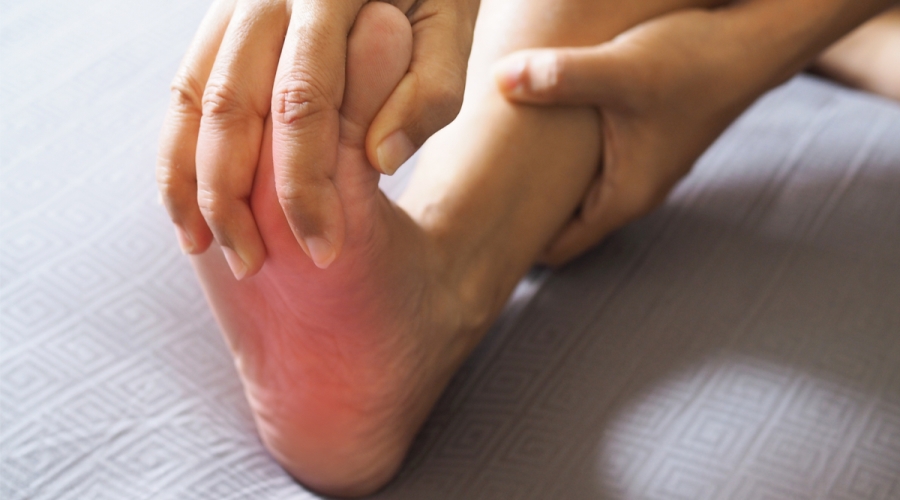
## How to Get Rid of Heel Pain?
Heel pain can be very annoying and painful, but you can alleviate its impact and reduce the pain through some simple steps and self-care techniques that you can practice at home. In this article, we provide you with the tips that can help you relieve heel pain:
1. Rest: Take as much rest as possible and avoid activities that put pressure on the heel, such as prolonged walking or running on hard surfaces. Avoid standing or walking on rough surfaces.
2. Ice: Place a bag of ice wrapped in a towel on the painful heel for 10 minutes, twice a day. Ice helps reduce inflammation and alleviate pain.
3. Wrap the Heel: Wrap your foot with tape, starting from the heel and wrapping it around the ankle. This provides support to the heel and reduces the pressure on it.
4. Choose Appropriate Shoes: The pain may be caused by wearing unsuitable or worn-out shoes. Ensure you use shoes that provide adequate support for the heel and midfoot, and that fit your foot shape and size.
5. Use Pain Relievers: Over-the-counter pain relievers can be helpful in temporarily relieving heel pain. Consult your doctor or pharmacist to get the appropriate medication and dosage for your condition.
6. Extracorporeal Shock Wave Therapy: This technique stimulates healing in the painful heel area by directing sound waves to the affected region to relieve pain and enhance the healing process.
Remember, these tips are for temporary pain relief and are not a substitute for professional medical care if the pain persists or worsens. It is recommended to visit a doctor to diagnose the condition and determine the appropriate treatment.
Start your day with comfort and ease by treating the pain in your left heel with Dr. Amr Amal.
## What is the Treatment for Left Heel Pain?
In this detailed list, we will go over some common and proven treatments that can help you alleviate the pain and accelerate the healing process:
1. Rest: Rest is the first and most important step to relieve heel pain. Reduce strenuous activities and avoid standing for long periods on hard surfaces. Give your foot rest periods and use specialized cushions to support and relieve pressure.
2. Ice Application: Apply an ice pack or ice bag to the painful heel area for 10 to 15 minutes, twice a day. Ice helps reduce inflammation and alleviate pain.
3. Appropriate Footwear: Choose shoes that provide good support for the foot and fit comfortably. You may need to use removable orthotics or rubber insoles to reduce pressure on the heel.
4. Take Non-Steroidal Anti-Inflammatory Drugs: The doctor may prescribe medications such as ibuprofen or naproxen to reduce pain and inflammation in the heel.
5. Physical Therapy and Chiropractic Care: Physical therapy sessions, massage, and stretching and strengthening exercises are helpful options to alleviate heel pain. Physical therapists and doctors collaborate to design customized treatment programs according to your condition.
6. Use Elastic Sports Tapes: The doctor or physical therapist can demonstrate how to use elastic sports tapes to reduce stress on the tendons and muscles related to the heel.
7. Wear a Night Splint: In severe or persistent cases of heel pain, a night splint that contains a heel that raises the foot can be used to help relieve pressure.
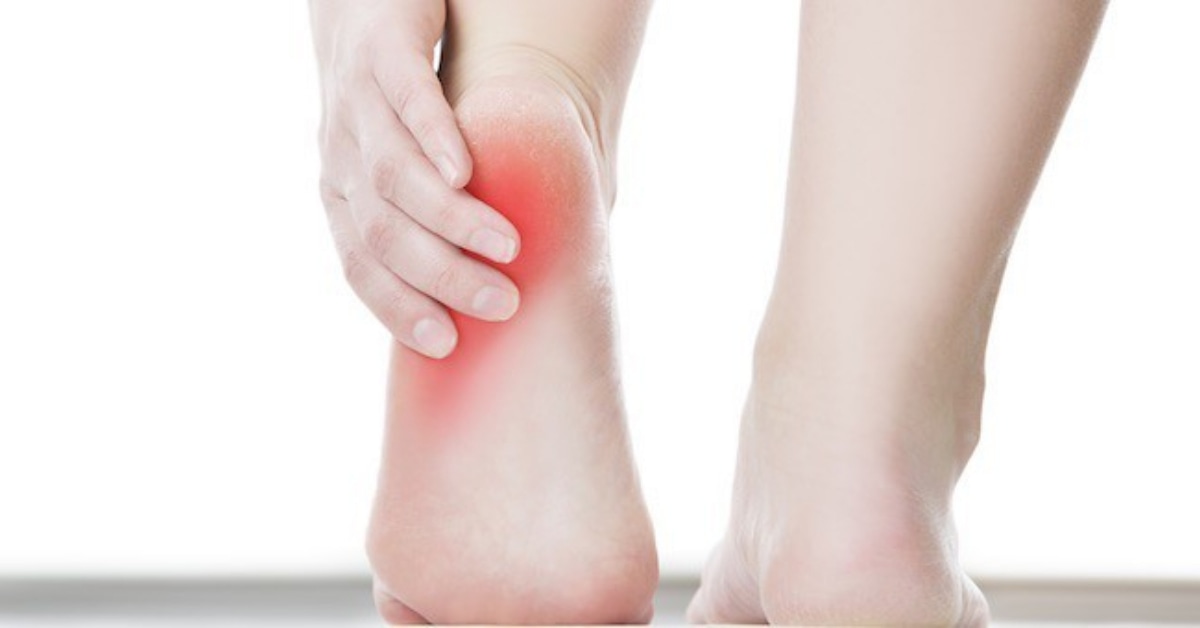
Home Remedies to Get Rid of Heel Pain
It should be noted that these treatments are a means of temporary pain relief, and if the problem persists or the pain worsens, the person should consult a specialist doctor.
1. Rest: The pain may be caused by excessive stress on the foot, so the person should reduce activities that may increase the pain and give the feet adequate rest periods.
2. Wear Appropriate Shoes: It is important to choose comfortable shoes that provide good support for the foot, limiting the pressure on the heel. Ideally, the shoes should have a flexible and padded sole, and the shoe size should be appropriate for the person’s foot.
3. Apply Ice: Placing a cloth filled with ice on the heel for 10 to 15 minutes can help reduce swelling, inflammation, and pain.
4. Wrap the Heel and Use Bandages: Wrapping the heel and ankle with an appropriate bandage can provide additional support and reduce pain.
5. Use Dead Sea Salts: Soaking the feet in warm water containing Dead Sea salts is believed to help relieve pain and soothe tired feet.
6. Massage the Feet: Gentle massage of the feet can help improve blood circulation and reduce pain. It is preferable to use a natural oil such as almond oil or coconut oil during the massage.
7. Maintain a Healthy Weight: Excess weight can increase the pressure on the feet and cause heel pain, so it is important to maintain a healthy weight through appropriate exercise and a balanced diet.
Ointment to Treat Heel Pain
1. Ibuprofen Ointment: Ibuprofen is one of the well-known non-steroidal anti-inflammatory drugs that can be used to relieve heel pain and reduce inflammation.
2. Epsom Salt Ointment: Soaking the feet in Epsom salt water is a natural alternative to relieve heel pain, and an effective ointment can also be prepared by soaking the feet in Epsom salt water.
3. Flaxseed Oil Ointment: Flaxseed oil is considered an effective natural ointment for relieving heel pain, and you can soak a cloth in warm flaxseed oil and apply it to the affected area to feel pain relief.
4. Romevafen Acti Gel: Romevafen Acti Gel is an effective ointment for relieving heel pain and should be applied twice daily to the affected area.
5. Toprosin Cream: Toprosin cream is used to relieve foot pain and reduce inflammation, and a 2-ounce amount of this ointment can be used.
6. Deep Heat Ointment: Deep Heat ointment is a topical treatment that can be helpful for treating heel pain. It also relieves sciatica pain and reduces swelling as well as being used for muscle spasms and sports injuries.
7. Capsaicin Ointment: Capsaicin is an effective topical analgesic that can be used to relieve heel pain and address its associated inflammation.
Get rid of the tension and pain in your left heel and get ready for an active day thanks to the treatment of Dr. Amr Amal.
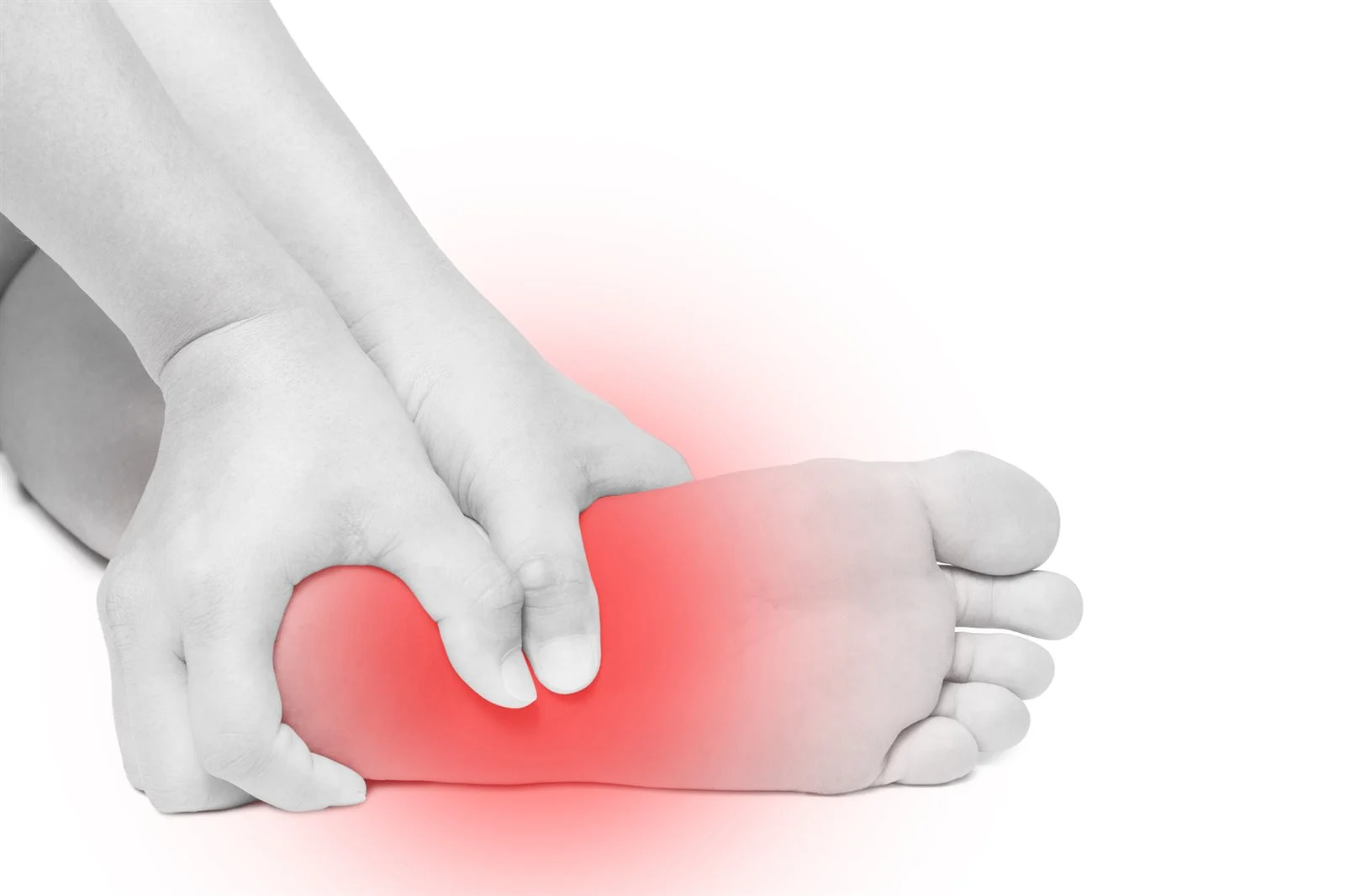
Tests Required for Heel Pain
To accurately determine the cause of pain and guide appropriate treatment, your doctor may request some tests and examinations. In this paragraph, we will review five important tests to detect the causes of heel pain.
- Blood Test: Blood analysis is a key part of diagnosing heel pain. This test is used to check for any infections or inflammations in the body that may contribute to heel pain. It can also be useful in confirming other medical conditions that may lead to heel pain.
- Uric Acid Analysis: Uric acid analysis is used to measure the level of uric acid in the body. Elevated levels of uric acid may indicate a problem in urine metabolism, such as kidney function impairment.
- X-ray Imaging: X-ray imaging is a common diagnostic test to assess the bone and joint structure. X-rays reveal detailed information about the condition of the heel and the surrounding bones.
- Magnetic Resonance Imaging (MRI): In cases of chronic heel pain, doctors may use MRI scans. This examination is effective in evaluating soft tissues, tendon inflammations, and muscle strength.
- Foot Impression Analysis: Foot impression analysis is a non-traditional examination performed by some doctors to assess foot structure, distribution pattern, and pressure on the plantar fascia. This analysis helps identify any foot defects that may increase pressure on the heel and cause plantar fasciitis inflammation.
Best Pain Relief for Heel Pain
- Paracetamol:
- This common pain reliever is a popular choice for alleviating heel pain.
- It is safe for temporary use without a prescription.
- It works by reducing pain and lowering body fever.
- Ibuprofen:
- Ibuprofen is a common nonsteroidal anti-inflammatory drug that can be used to relieve heel pain.
- It is available in gel form for topical use or in tablet form.
- It helps reduce inflammation and alleviate associated pain.
- Ice Application:
- Applying ice to the heel area for 10 to 15 minutes is an effective method for pain relief.
- Ice reduces swelling and inflammation in the heel, providing temporary pain relief.
- This procedure can be repeated several times a day for optimal results.
- Tendon Stretching Exercises:
- Tendon stretching exercises in the heel are an effective way to strengthen muscles and reduce heel pain.
- These exercises can be done at home by sitting on the floor, extending the foot towards the body, and moving the foot up and down.
- Regular practice of these exercises is recommended for best results.
- Shockwave Therapy:
- Shockwave therapy is a modern option for relieving heel pain.
- It directs shockwaves to the painful area in the heel to stimulate healing and reduce swelling.
- It is advisable to consult a specialist before using this treatment to determine the appropriate duration and number of therapy sessions.
Regain comfort and deep sleep without left heel pain with innovative treatment from Dr. Amr Amal.

Risk Factors for Left Heel Pain Upon Waking Up
Although this pain may be caused by several reasons, there are specific factors believed to increase the likelihood of its occurrence. In this article, we will mention some common factors that may increase the risk of developing left heel pain upon waking up.
1. Age: Age may be a potential factor for left heel pain upon waking up, as when a person grows older and the bone growth is complete, the risk of developing heel inflammation generally decreases, making teenagers and young adults more susceptible to this problem than older individuals.
2. Sports Activities: Athletes, such as runners, are more prone to left heel pain upon waking up due to the excessive stress they experience during intense sports activities. The overuse of the muscles in the foot area can lead to inflammation of the tendons and surrounding tissues, causing heel pain upon waking up.
3. Excess Weight: Obesity may be one of the contributing factors in the occurrence of left heel pain upon waking up, as the additional weight can put excessive pressure on the person’s foot, especially the heel, and this increased pressure can lead to inflammation of the tendons and ligaments in the area, resulting in heel pain upon waking up.
4. Wearing Inappropriate Shoes: Choosing unsuitable shoes is considered a critical factor that increases the risk of developing left heel pain upon waking up. High-heeled shoes, shoes with poor support, and tight-fitting shoes can all lead to increased pressure on the heel area, ultimately resulting in the onset of pain.
Enjoy a refreshed morning free of pain in your left heel with the effective care of Dr. Amr Amal.
Best Foot and Ankle Doctor in Egypt
Dr. Amr Amal is one of the specialists in flat foot surgery, which is considered one of the important surgical procedures for treating the foot and ankle, and Dr. Amr is one of the most prominent doctors in this field.
Dr. Amr Amal has also worked as a teaching assistant in the hospitals of Ain Shams University for five years, and currently he is a lecturer of orthopedics and arthroscopy in the same university. Thanks to his exceptional skills and extensive experience, Dr. Amr Amal is considered one of the best doctors in the field of orthopedic surgery in Egypt.
In addition to his wide experience in foot and ankle surgery, Dr. Amr Amal is distinguished by his skills in performing ACL reconstruction surgery, which is considered an important type of surgery that requires advanced knowledge and skills.

